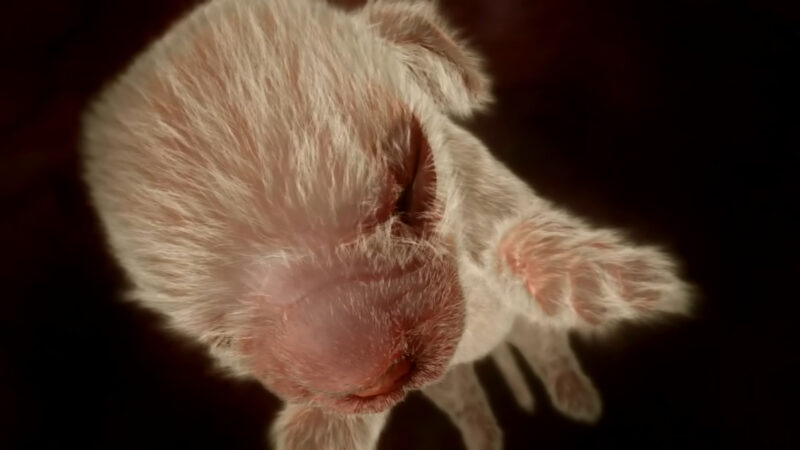It’s amazing to think about how animals grow before they enter the world. We usually see them once they’re already moving around, but the process inside the womb is a fascinating one. These photos of Animals In the Womb give us a rare look at how different species develop, and it’s truly impressive to see nature in action.
Let’s take a moment to explore these stunning images and appreciate the incredible journey of Animals In the Womb.
1. Elephant
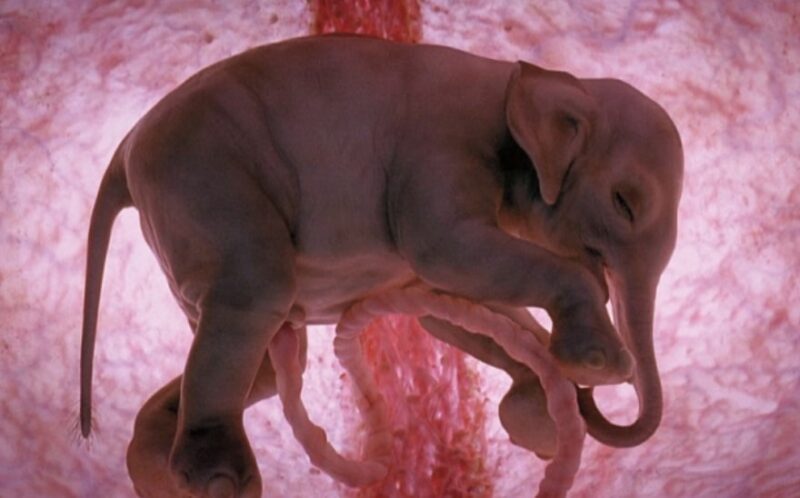
Elephants have one of the longest gestation periods of any animal, lasting about 22 months. Before they are born, elephant calves are already impressively developed.
They can weigh up to 250 pounds at birth, making them some of the largest newborns in the animal kingdom. In the womb, elephant calves start developing their trunk early on, which will have over 40,000 muscles by the time they are born.
Their size and development inside the womb help prepare them for the demanding life ahead, as they’ll need to keep up with their herd almost immediately after birth.
2. Opossums
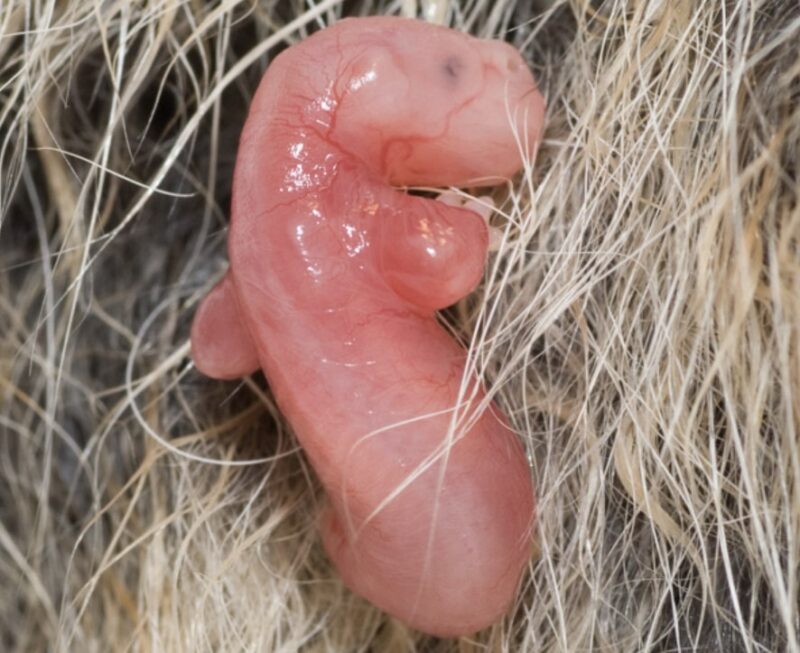
Animals in the womb develop at different rates, and opossums are a great example of this. Opossums have one of the shortest gestation periods, lasting just about 12 to 13 days.
When they are born, these tiny marsupials are no bigger than a honeybee. Despite their small size, they instinctively crawl into their mother’s pouch to continue developing.
Inside the womb, they start forming essential features like their claws and basic limbs, but most of their growth happens outside the womb while safely tucked in the pouch.
3. Cheetah
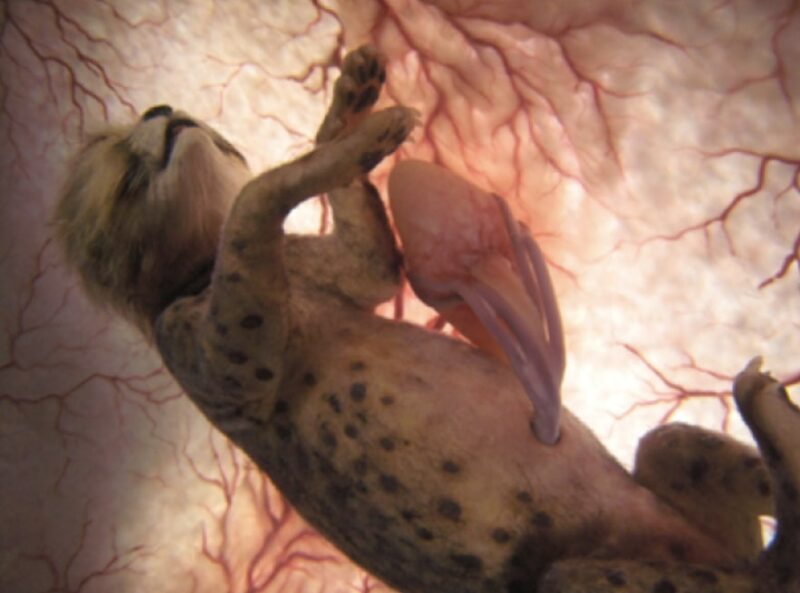
Cheetahs, known for being the fastest land animals, start showing their unique traits even as animals in the womb. During their roughly 90-day gestation period, cheetah cubs begin to develop the lean, muscular bodies and long legs that will help them reach those incredible speeds later in life.
Interestingly, cheetah cubs are born with a mantle of thick fur along their back, which they begin to grow while still in the womb.
4. Lemon Shark
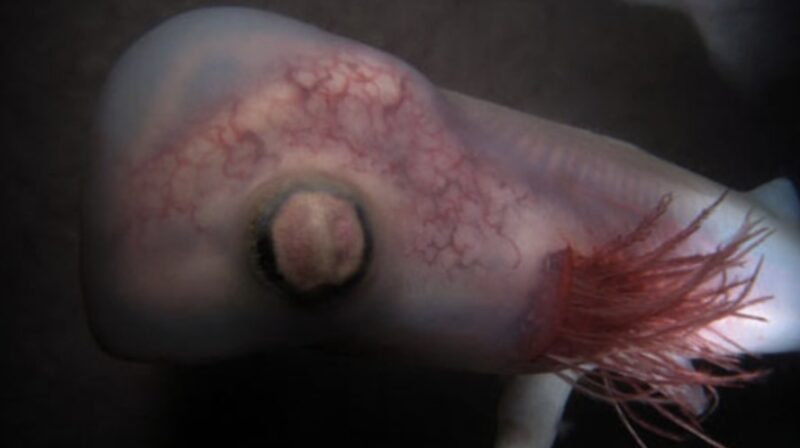
Lemon sharks, like other animals in the womb, have a fascinating developmental process. They give birth to live young after a gestation period of about 10 to 12 months. While still in the womb, baby lemon sharks, called pups, develop their sharp teeth early on, which they will use to hunt as soon as they are born.
Interestingly, lemon sharks have been observed to engage in intrauterine cannibalism, where the stronger pups consume their weaker siblings before birth, ensuring only the strongest survive. By the time they are born, they are well-prepared for life in the ocean.
5. Dolphins
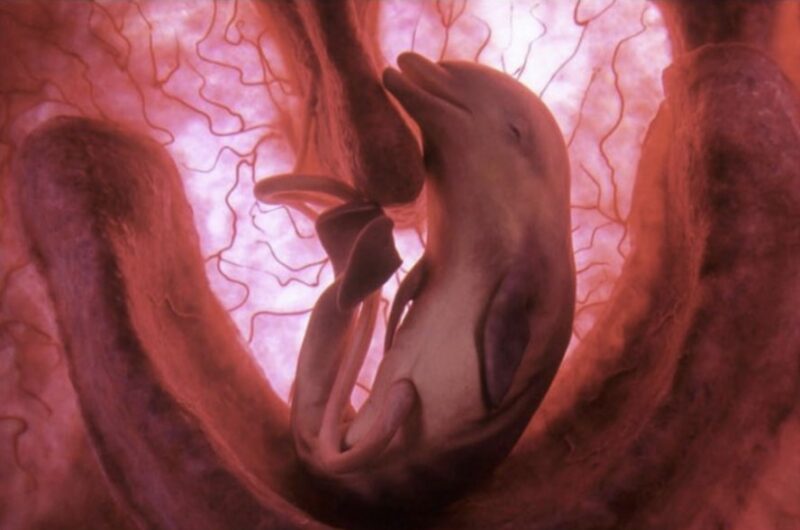
Dolphins experience a gestation period that lasts about 12 months. During this time, they develop many of the skills they’ll need for survival, including their ability to swim.
Remarkably, dolphin calves are born tail-first, which is rare among mammals but helps prevent drowning during birth. While still in the womb, dolphins begin forming their specialized echolocation abilities, which they will use to navigate and hunt in the water.
Their fins and flippers also develop early, allowing them to swim alongside their mother soon after birth.
6. Snake
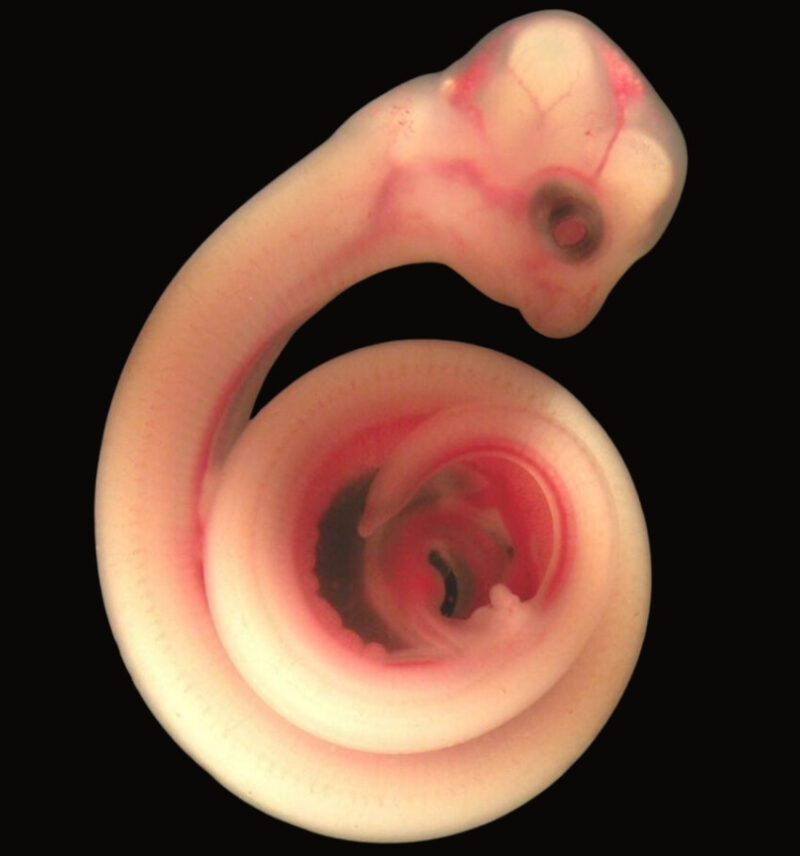
Snakes have a fascinating development process that varies depending on the species. Some snakes lay eggs, but many, like boa constrictors and garter snakes, give birth to live young after a gestation period of about two to three months.
Inside the womb, snake embryos develop their scales and fangs, preparing them for the wild. Interestingly, snakes don’t rely on their mother for much after birth.
They are born fully capable of hunting on their own, with their sense of smell and heat-detecting abilities starting to form even before they emerge from the womb.
7. Penguins
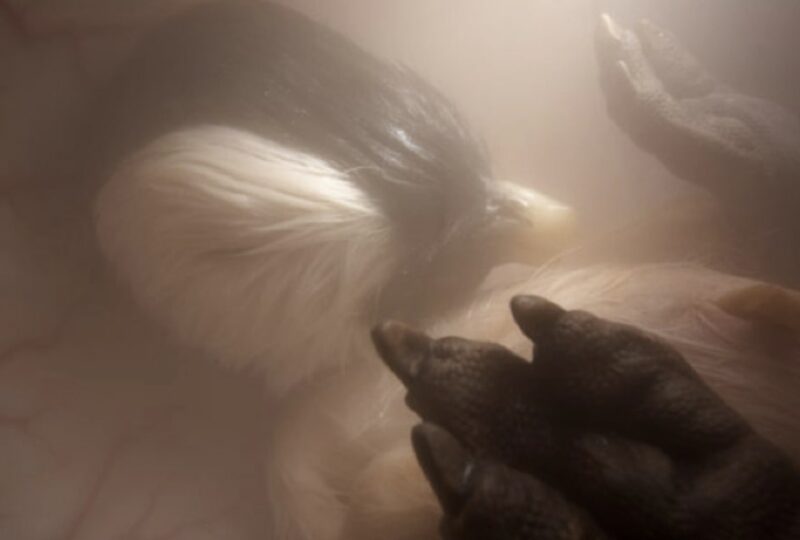
During the incubation period, which lasts around 30 to 40 days depending on the species, the penguin embryo grows in a well-protected environment inside the egg.
Even before hatching, penguins start forming their strong beaks and thick, insulating layers of down feathers, which will keep them warm in their harsh, cold environment.
Penguins also develop their unique vocal cords while still in the egg, allowing them to communicate with their parents soon after hatching.
8. Tiger Shark
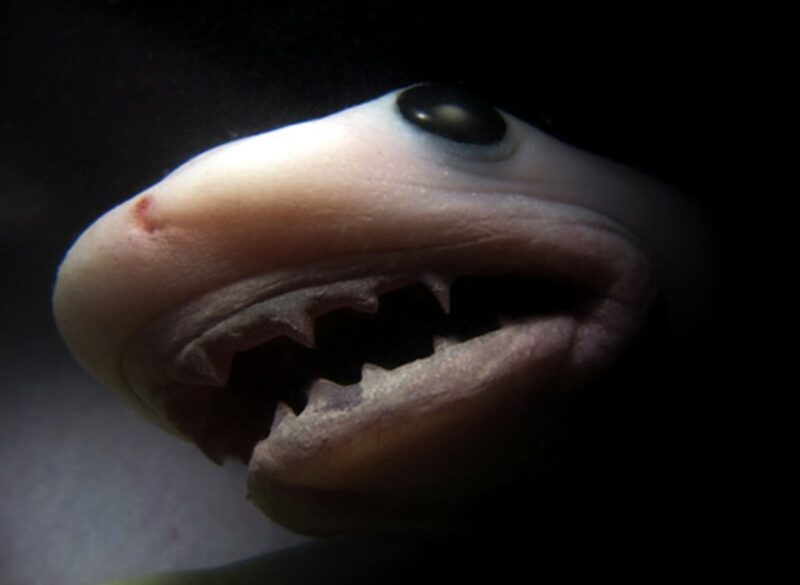
These sharks have a gestation period of about 12 to 16 months, during which the pups develop in their mother’s body before being born live.
Similar to other sharks, tiger shark embryos display intrauterine cannibalism, where the stronger pups consume their weaker siblings while still in the womb. This ensures that only the fittest survive and are born.
By the time they are ready to be born, tiger shark pups have fully formed teeth and are capable of fending for themselves, immediately becoming independent hunters in the ocean.
9. Chihuahua
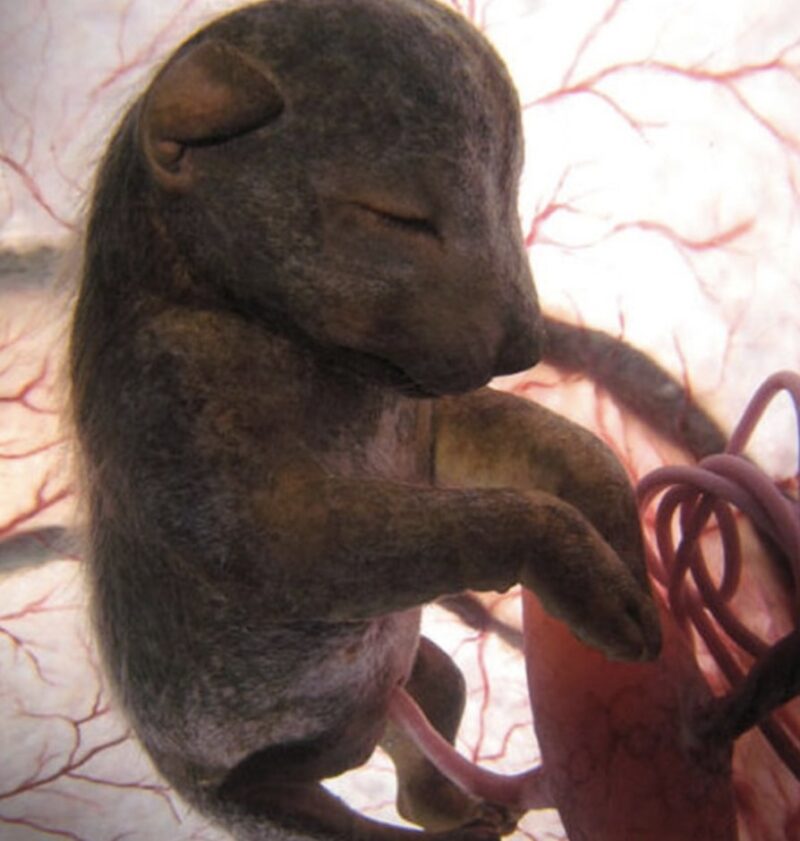
Chihuahuas undergo a relatively short gestation period of about 58 to 68 days. Even before birth, Chihuahua puppies start to develop their signature large eyes and small but sturdy bodies.
Their distinctive coat patterns also begin to form while they are still in the womb, giving each puppy its unique appearance. Despite their tiny size at birth, Chihuahuas are born with all the essential instincts they need to survive, including the ability to nurse and bond with their mother immediately after birth.
Their ears and eyes, however, remain closed for the first few weeks of life.
10. Polar Bear

Polar bears experience a gestation period that lasts about eight months, including a period of delayed implantation. During this time, the fertilized egg doesn’t immediately attach to the uterine wall, allowing the mother bear to gain enough weight and store enough energy before the cubs begin developing.
In the womb, polar bear cubs start forming their thick fur coat, which will protect them from the harsh Arctic cold.
By the time they are born, usually in a den, the cubs are small, weighing just over a pound, but their fur and fat reserves will help them survive in their frozen environment.
FAQs
How long is an elephant pregnant before giving birth?
Elephants have one of the longest gestation periods, lasting about 22 months before giving birth.
Do dolphins give birth underwater?
Yes, dolphins give birth underwater. They are born tail-first to help prevent drowning during the birthing process.
How many babies do polar bears usually have?
Polar bears usually give birth to one or two cubs at a time, though triplets can occasionally happen.
Are baby snakes born with fangs?
Yes, baby snakes are born with fangs, allowing them to hunt and defend themselves immediately after birth.
Do cheetah cubs run right after birth?
No, cheetah cubs are not able to run right after birth. They spend the first few months of life developing their muscles before they can begin practicing their speed.
Can sharks give birth to live young?
Yes, many shark species, including tiger sharks, give birth to live young rather than laying eggs.
How big are newborn opossums?
Newborn opossums are tiny, about the size of a honeybee, and rely on their mother’s pouch to continue developing after birth.
Do penguins take care of their eggs?
Yes, penguins take care of their eggs by keeping them warm in special pouches or on their feet until they hatch.
How many puppies can a Chihuahua have?
Chihuahuas typically have a litter of one to three puppies, though larger litters can occur.
Last Words
The development of Animals In the Womb highlights how each species gets ready for life. Elephants, opossums, dolphins, and many other animals begin their journey with unique traits that prepare them for survival from birth. Looking into their early stages reveals how nature carefully equips them for the challenges they will face.

